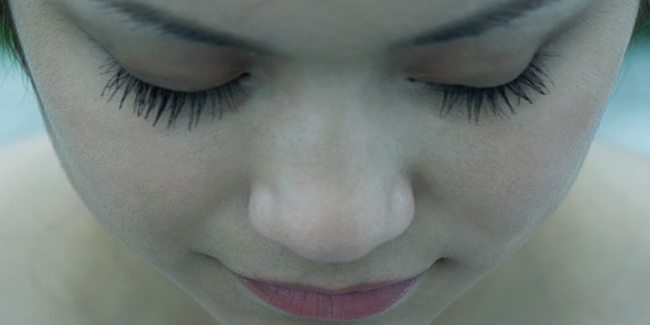
The coming of spring often brings problems for people with allergies, including skin problems like itchy, rashy or inflamed skin. Pollutants and pollen in the air may be responsible. Among the organs of the body, the skin is one of the first to bear the brunt of potent skin irritants, which leads to problems like skin-sensitivity, rash, irritative or allergic reactions, eruptions, etc.
Table of Content:-

The mystic sandalwood
Cosmetics that are “cover creams” can be helpful. I had formulated Shabase, a sandalwood protective cream for this very purpose i.e. to protect and soothe the skin in rashy and eruptive conditions. It forms a transparent, protective cover.
Sandalwood, in fact, is an ideal ingredient for such conditions. Sandalwood paste can easily be applied on the skin to soothe inflammatory conditions. It also helps to relieve itching. However, if there is excessive itching, it is best to consult a doctor.
Sandalwood is extremely versatile and suits all skin types. It is a powerful antispetic and increases the skin’s moisture retention ability too.

The refreshing tulsi
Another important ingredient for such eruptive conditions is Tulsi or basil. Tulsi has so many medicinal uses that it has been traditionally venerated and worshipped. Modern research has revealed that it helps to purify the air, apart from its soothing and curative actions on the skin. That is why Tulsi was grown in the courtyard. As far as the skin is concerned, it has germicidal and antiseptic properties and also helps to soothe rashes and eruptions.
Neem and Mint (pudina) leaves can also be used in the place of tulsi.
Some home remedies

• Sandalwood paste can be applied on the eruptions. Alternatively, you may mix sandalwood with a little rose water and apply on the entire area. Wash off with plain water after 20 to 30 minutes.
• Add 2 to 3 DROPS sandalwood essential oil to 50 ml rose water and apply on the area. You may also add 2 drops of Tea Tree Oil to two tablespoonfuls of water or rose water and apply it on the rashes.
• Apple cider vinegar helps to relieve itching. It also has antiseptic and antifungal properties, which are useful for sunburn and dandruff treatment. A few drops can be dabbed on the affected area, using cotton wool. For itchy skin, add one tablespoonful of vinegar to a mug of water and pour it on the affected area. It helps to relieve itching. If you cannot get apple cider vinegar, you can apply the vinegar that is used for cooking, making pickles, etc.
• Simmer a handful of neem leaves on a very low flame in 4 cupfuls of water for one hour. Take it off the flame and leave it overnight. The next morning, strain the water and make a paste out of the leaves. Apply the paste on inflamed and rashy areas of the skin. The water can be used for rinsing as well. Neem contains organic sulphur compounds with versatile healing actions that are of particular benefit to the skin.
• Add a little turmeric paste to milk and apply on the rashes and affected skin areas.
• Clays like fuller’s earth (multani mitti) have a cooling and soothing effect. Mix one tablespoonful of fuller’s earth with rose water. Apply the paste on the affected areas and wash it off after 15 to 20 minutes. Bicarbonate of soda relieves the itching. Add it to multani mitti and rose water to make a pack. Apply on itchy, rashy and eruptive areas. Wash it off after 10 minutes.
Read more articles on Skin Care.
How we keep this article up to date:
We work with experts and keep a close eye on the latest in health and wellness. Whenever there is a new research or helpful information, we update our articles with accurate and useful advice.
Current Version